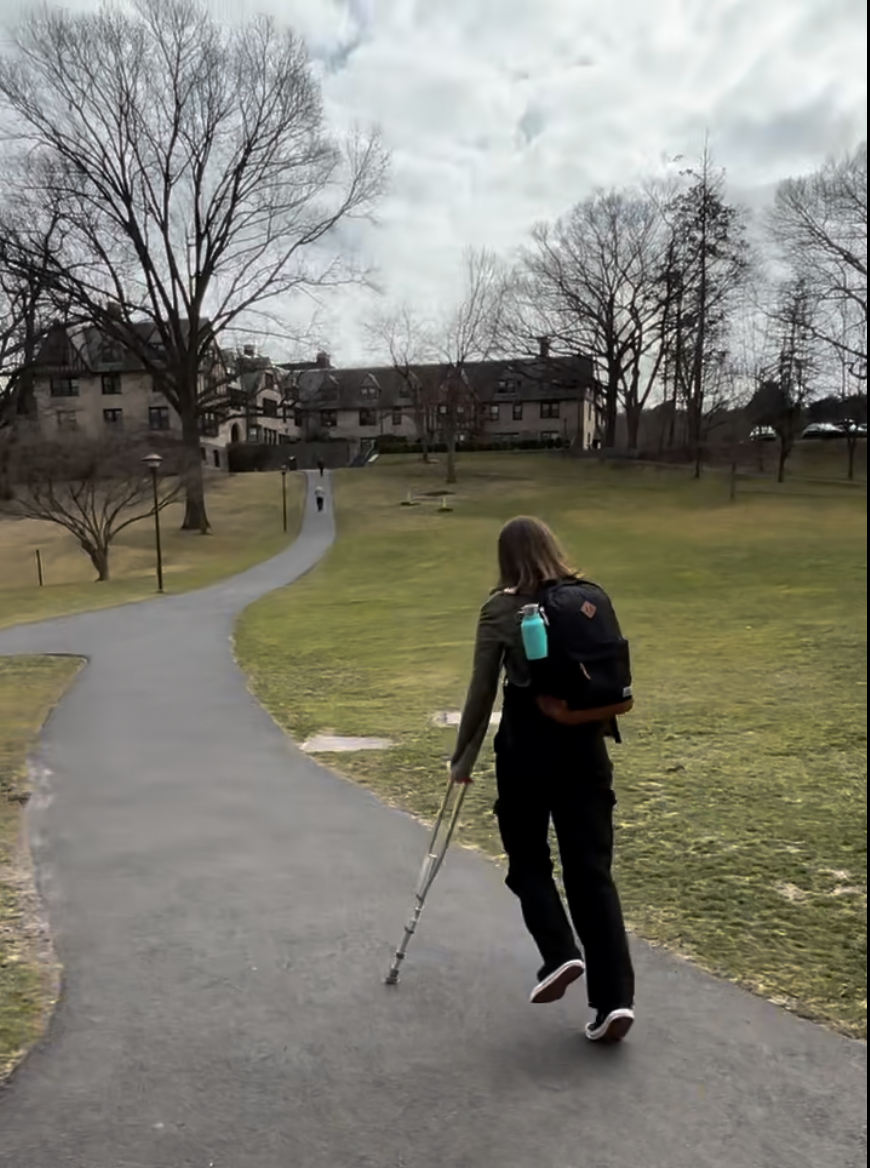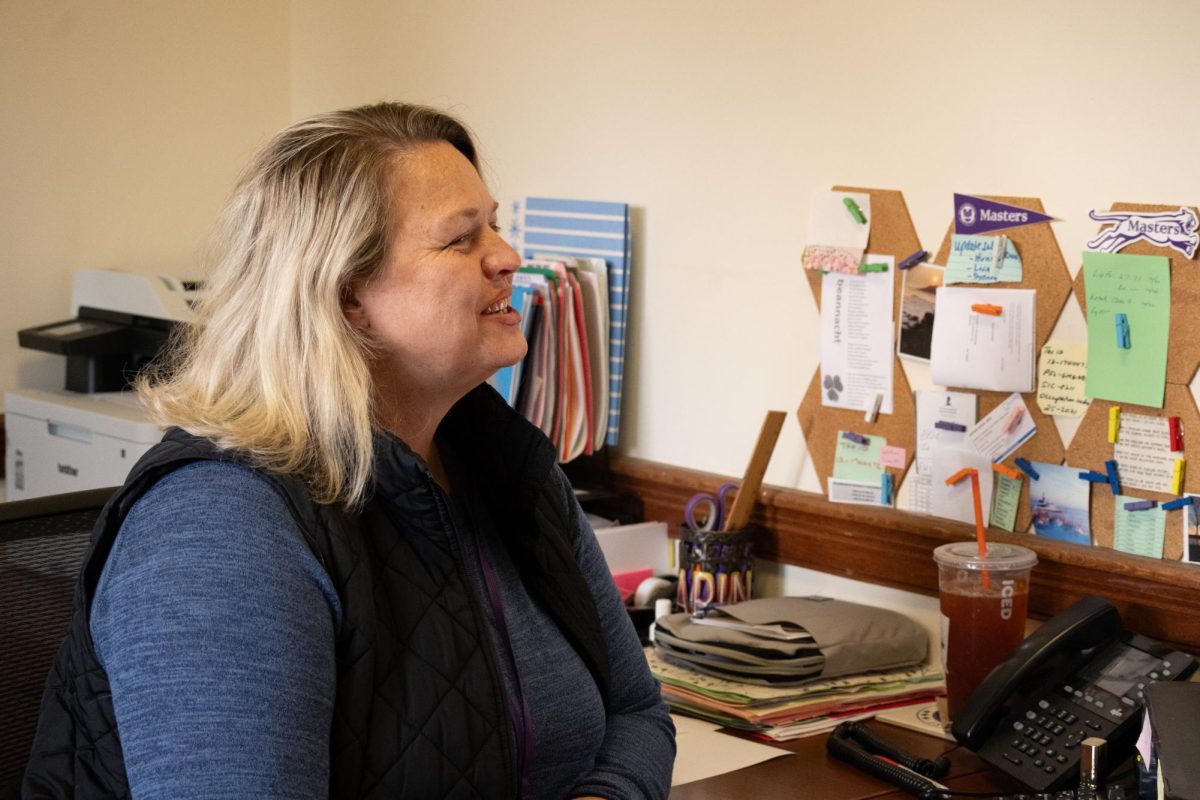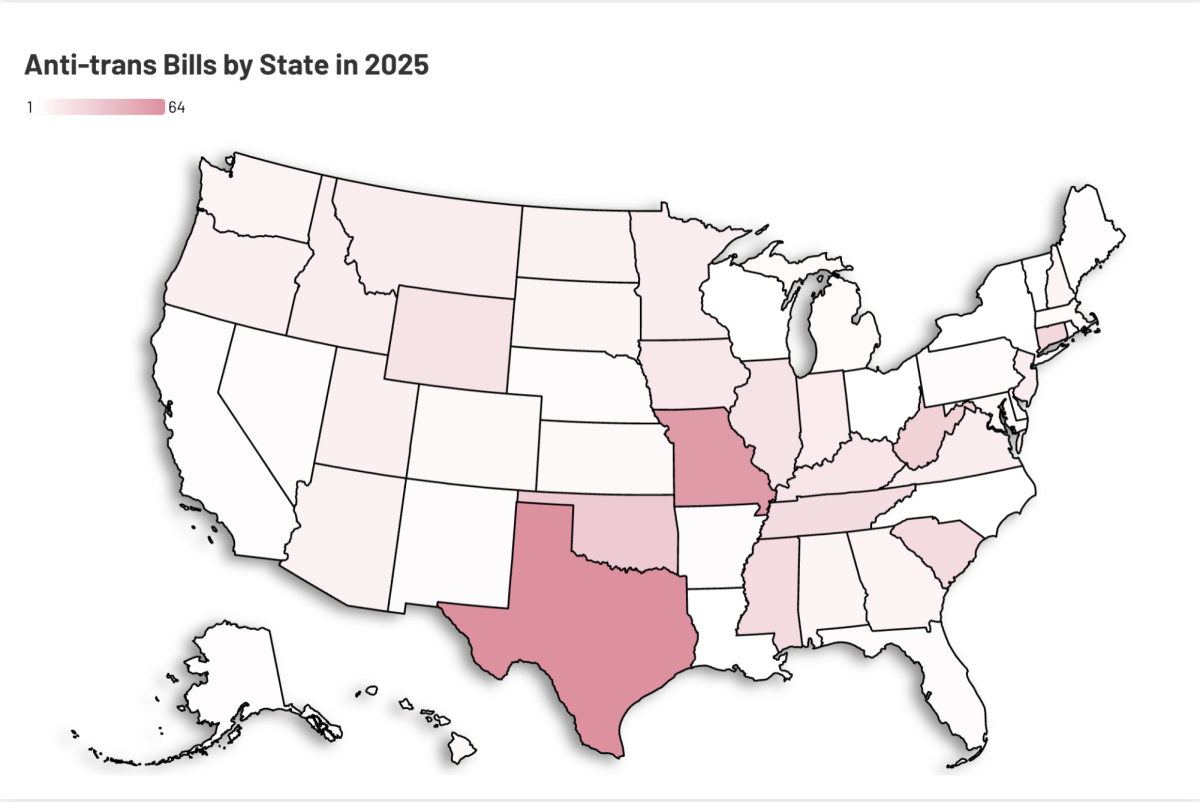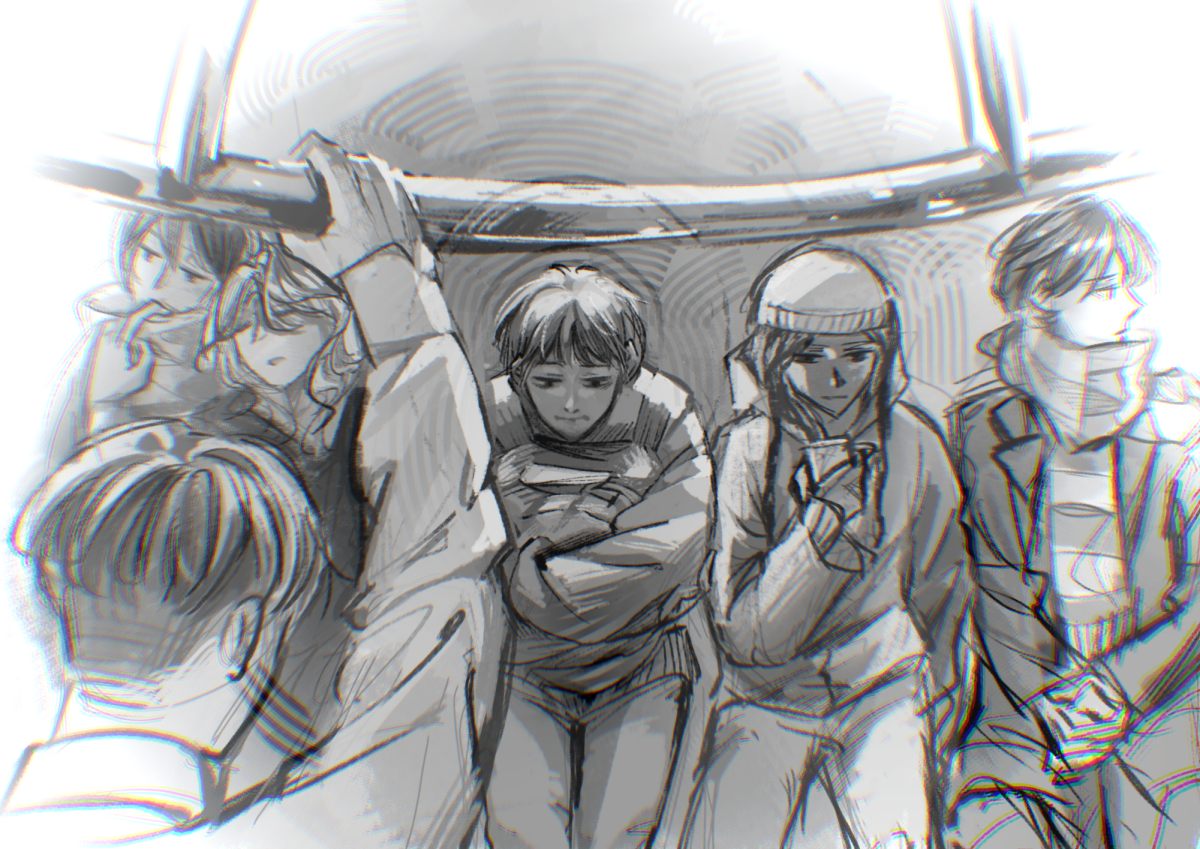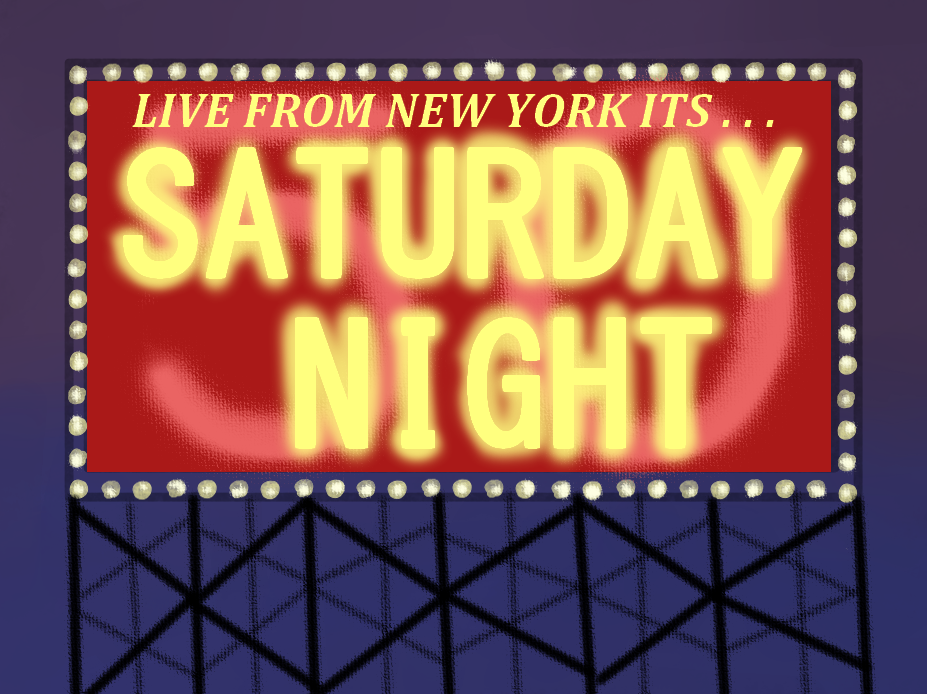Imagine yourself in a wheelchair looking at the front of Masters Hall. It’s your first day as a new student, and you must find a way to get to your first-period class on the second floor. You don’t know the campus well, and the stairs leading up to the entrance are a no-go. You could ask the security guard outside to help you, but it’s your first day and you feel a bit nervous. Eventually, as the minutes tick by, you realize the security guard is your only way into the building. The two of you work together to get through the doors, only to be met with another staircase.
As you read this, you might think, “But no one in the Upper School is in a wheelchair.”
Why do you think that is?
Associate Head for Enrollment and Strategic Planning Emma Katznelson shared that she had “not yet had an applicant who needed the assistance of a wheelchair or cane” in her twelve years working in enrollment. Katznelson explained that she had worked in another school before Masters, but had still never met an interested student with an orthopedic impairment. An orthopedic impairment is an injury or condition that prevents someone from using a part of their body. Even though our campus may be daunting for students with physical disabilities, we still have athletes who are regularly injured and need to attend school.
This September, Samantha Weber ‘25 broke her ankle in an ice skating accident, causing her to be on crutches for the majority of the first semester. She shared some of her struggles in getting around campus during that time.
“Our campus is 96 acres,” Weber said. “Most of that is on an incline of some kind.”
Weber also spoke about the elevators on campus. “Both Masters Hall and Morris Hall have elevators but the dining hall does not. I had to stop eating breakfast and dinner in the dining hall.” Weber explained that she would bring her own lunch to school and sit outside the Claudia Boettcher Theatre without her friends every day for lunch.
On top of that, Weber said, “The elevator [in Masters Hall] would take absolutely forever to come and sometimes students who don’t actually need the elevator would be inside the elevator. Yeah, the elevator in Masters Hall is particularly slow.”
While students with orthopedic impairments make up less than 1% of the United States student body, that does not mean that their needs are unimportant. According to a study done in August of 2023, less than one in three public schools are fully accessible to students with orthopedic impairments. Additions to our older buildings such as ramps are a simple way to give orthopedically impaired students access to key places on campus.
Jordana Manzano P ‘23 ‘26, a disability advocate through ReelAbilities Film Festival, explained, “A kid breaks their leg, hurts their ankle, and all of a sudden it can’t be weight-bearing and they’re in a wheelchair.”
Newer buildings such as the Fonseca Center (FC) are somewhat accessible with ramps on the outside and elevators inside. However, the Innovation and Entrepreneurship Center (IEC)’s “easy entrance” still has a curb, meaning it would be difficult for a student in a wheelchair or in a brace to enter the building. Also, most classes do not take place in newer buildings.
“The idea right now is that [The Masters School] just can’t accommodate [students with disabilities]. But the truth is, we could. It wouldn’t actually take that much,” Manzano said.
One possible solution is implementing universal design on campus. Universal design is the architectural concept that structures should be “designed to meet the needs of all people who wish to use them” as stated on their website. Facilities that use universal design integrate accessible elements with the rest of the building instead of having them separate. Universal design could be a great way for Masters campus to tie in some accessible entrances.
After reading all of this I ask again, why is no one at Masters in a wheelchair?
It is because it is nearly impossible for an orthopedically-impaired student to attend. As a community, we preach about our inclusive and welcoming community. Sure, our students might be inclusive to a student in a wheelchair but our campus certainly is not. We are missing out on all of these bright, wonderful people simply because they can’t get up and down the stairs. It’s time we worked on building bridges (or ramps) with these students instead of barriers.



